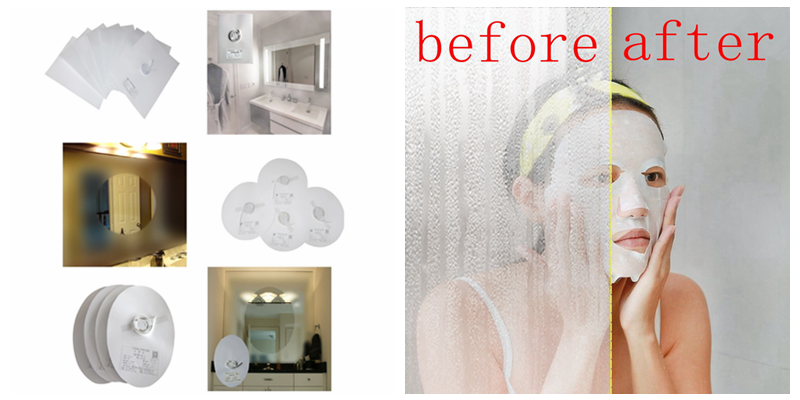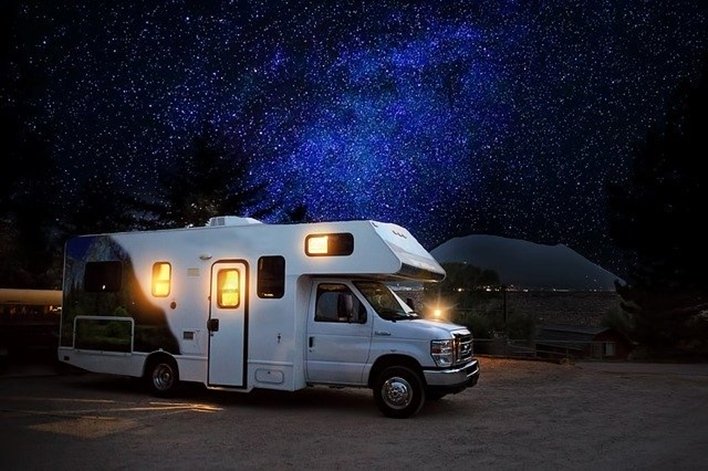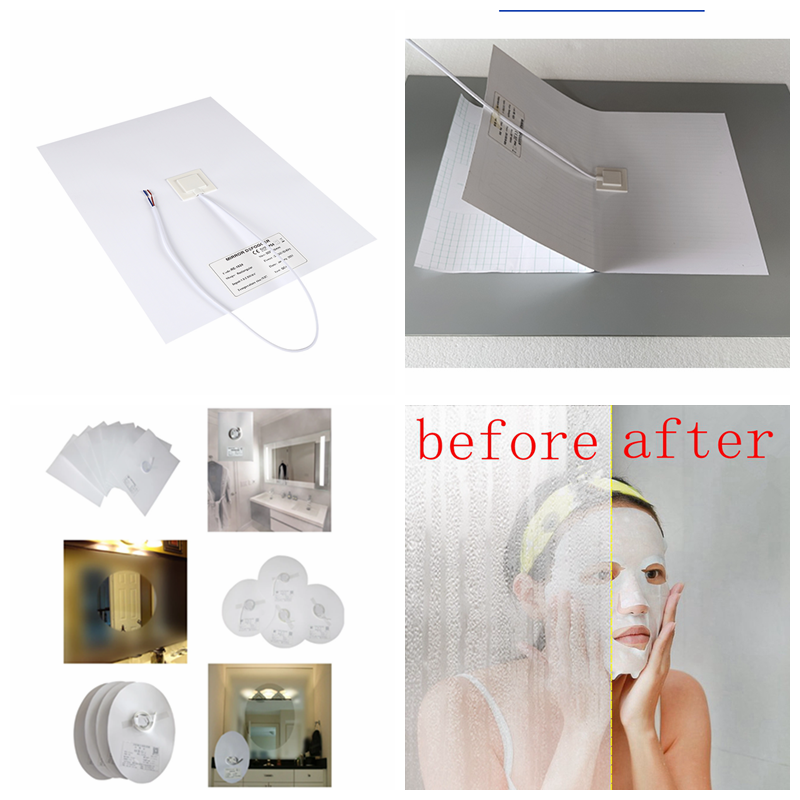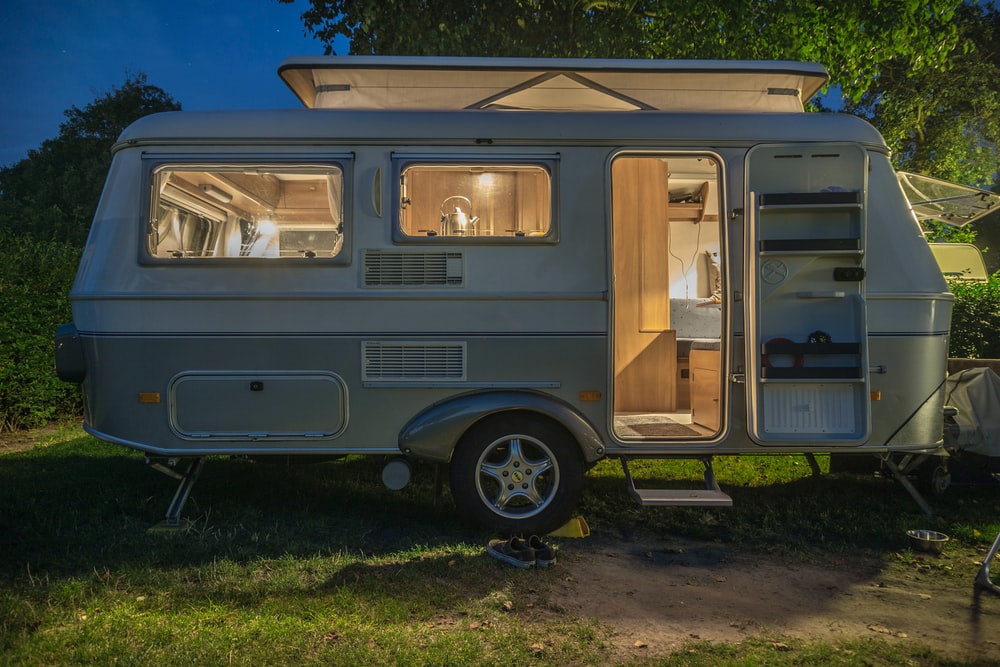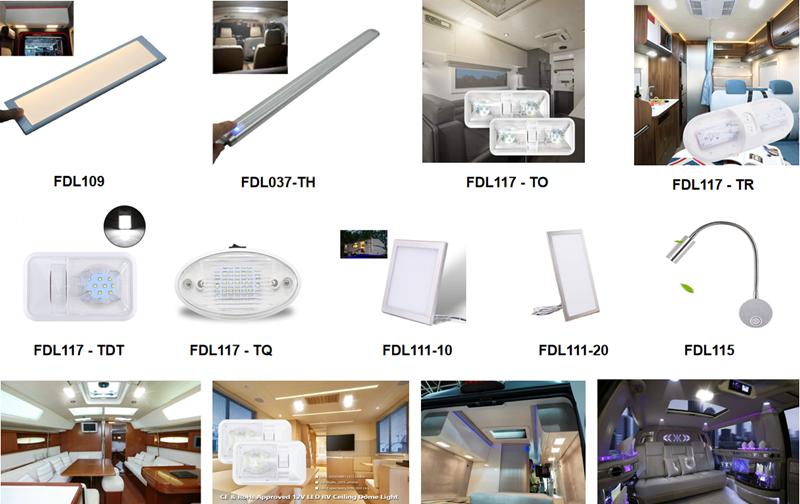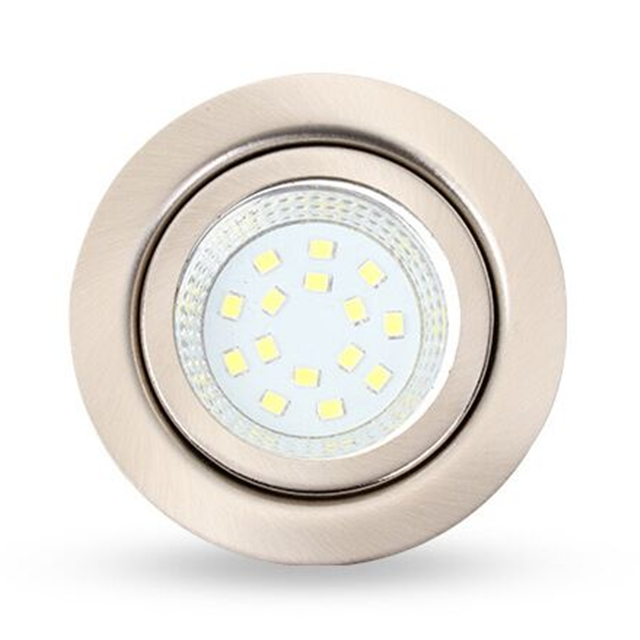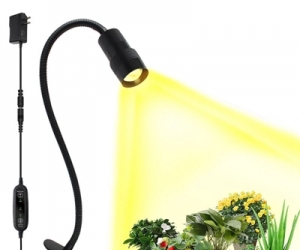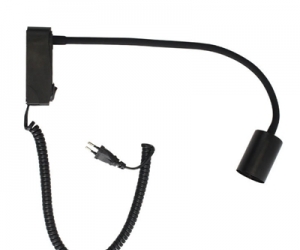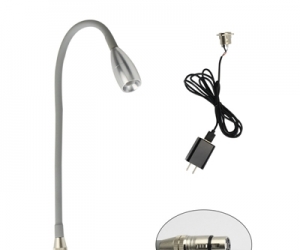Motorhome is wide used in the world. Motorhome place a lot of emphasis on lighting. They might have large windows, French doors, and skylights to maximize natural illumination. These features also reduce your heating and lighting bills. But you still need additional lighting, whether it’s a bedside lamp or a recessed fluorescent for your master en-suite. You want a light with high lumen-per-watt-performance.
Lumens are the visible levels of light. They describe how bright your light rays are. Another important term is lux, which describes how your lumens perform over a given distance. For example, your lamp may emit 100 lumens right next to the bulb, but that might drop to 50 lumens if you’re standing at the door. Most residents want lumens that mimic daylight.
You also need to think about wattage. Watts describes the amount of power used to light your bulbs. Older incandescent bulbs use a lot of electricity. On average, a 40W tungsten bulb has the same brightness as a 10W CFL bulb or a 5W LED bulb. So the type of bulb that’s fitted in your reading light is crucial. What else should you consider when you’re shopping for reading lamps?
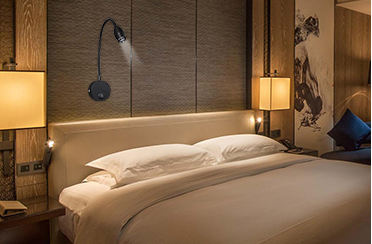
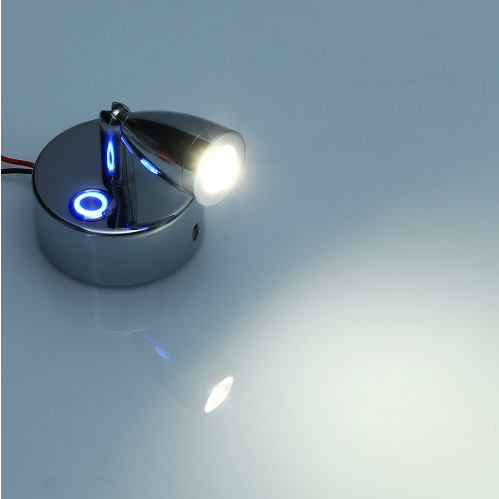
Tip #1 – Energy Use
We’ve already mentioned LED bulbs can cut down your power bill by up to 90%. So if you’re looking for a bulb that saves money, LED reading lights are the most energy-efficient type.
Tip #2 – Portability
Reading lamps with sealed bulbs can’t be repaired or re-fitted. You have to buy a whole new lamp. And while some consumers may see this as wasteful, you’ll only replace your reading light two or three times in your lifetime. So instead of focusing on bulb selection, buy a lightweight reading lamp. You’ll most likely use it at a study desk. Or maybe a bedside dresser.
Tip #3 – Accuracy
Most of the time, reading lamps provide intense, directional light. But since it’s a reading lamp, you’ll probably use it in dim rooms (or after dark). If your work requires attention to detail, you don’t want avoidable mistakes. For example, a seamstress, fashion designer, painter, or graphic artist can’t afford to mix their baby blues with their aquas. They need efficient color display.
Tip #4 – Temperature
Incandescent tungsten bulbs get physically hotter than LEDs, CFLs, or halogen lights. They can burn you if touch them, and sometimes your lampstand gets hot as well. So you’re better off investing in a lamp that has a cool light. Apart from the type of bulb, color temperature plays a role in this as well. You want a bulb that’s 2,500K to 4,900K. This range matches daylight.
Tip #5 – Environmental Concerns
The first rule of protecting the environment is to cut down waste. Reading lights with lifespans of 5 years or more are a good option because they lead to less wastage of plastic, metal, glass, inert gases, and other materials used to manufacture lamps. Sealed LED lights may seem more wasteful because you can’t replace the bulb. But all those burnt-out bulbs create more waste.
Tip #6 – Convenience
A reading light is a task light. So you’ll position it at your workstation, beside your favorite reading chair, or maybe at the bedside. You can even get a reading lamp that mounts on your headboard. But it helps if your lamp has extra features that make it easier to use. This could be as simple as having an LED indicator on the on/off switch to help you find it in the dark.

